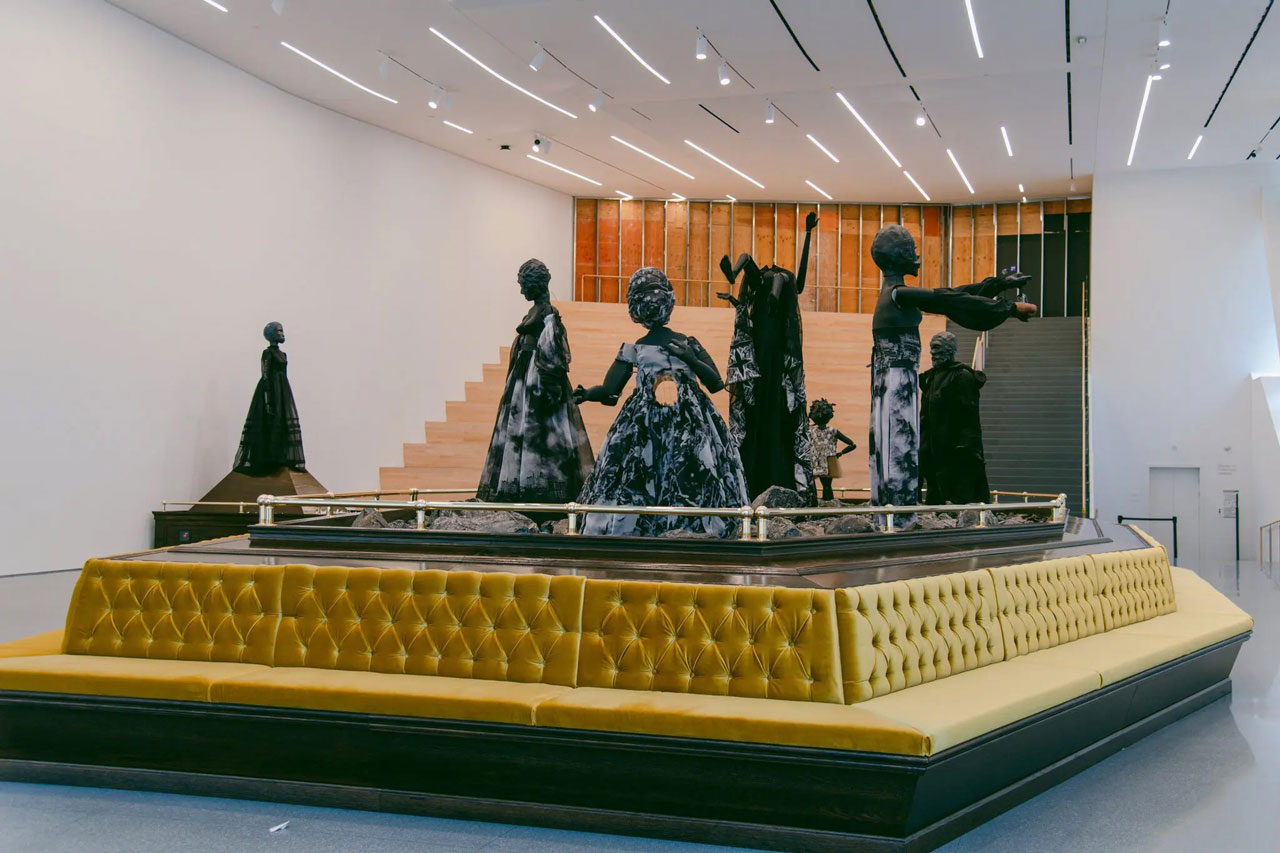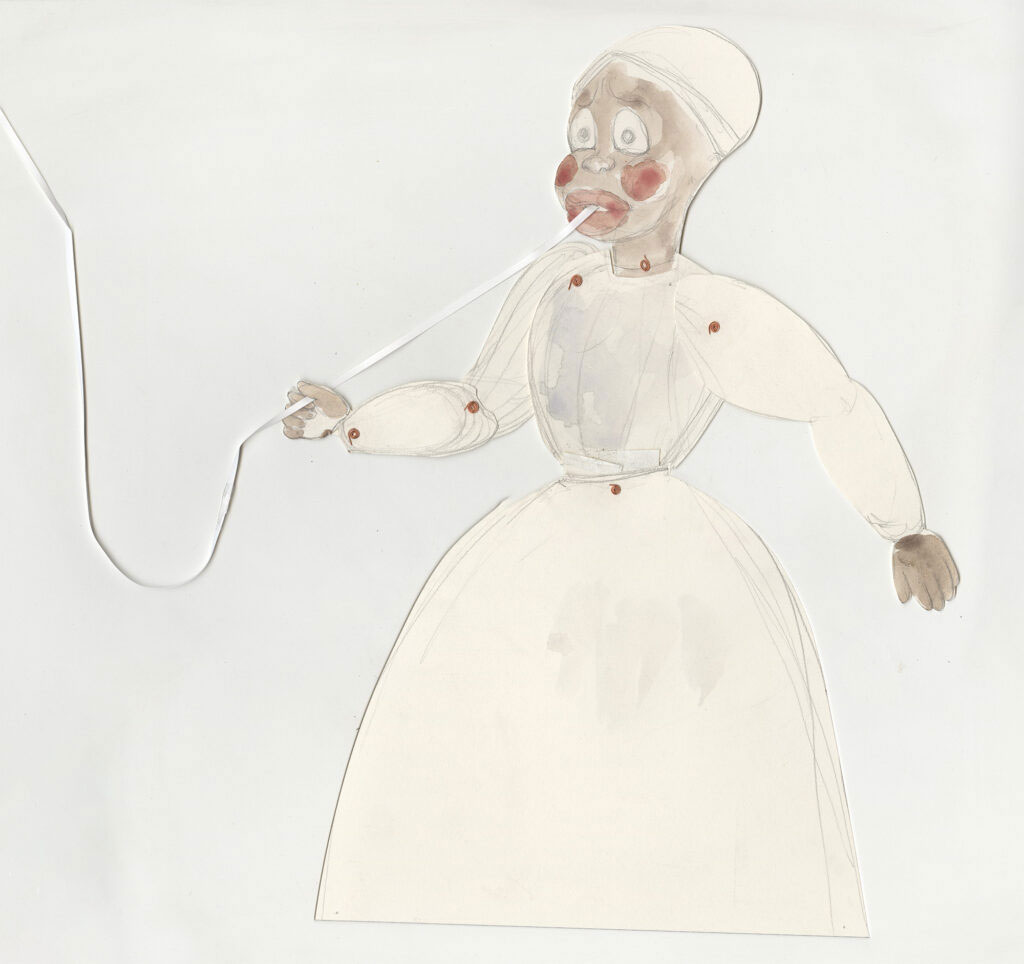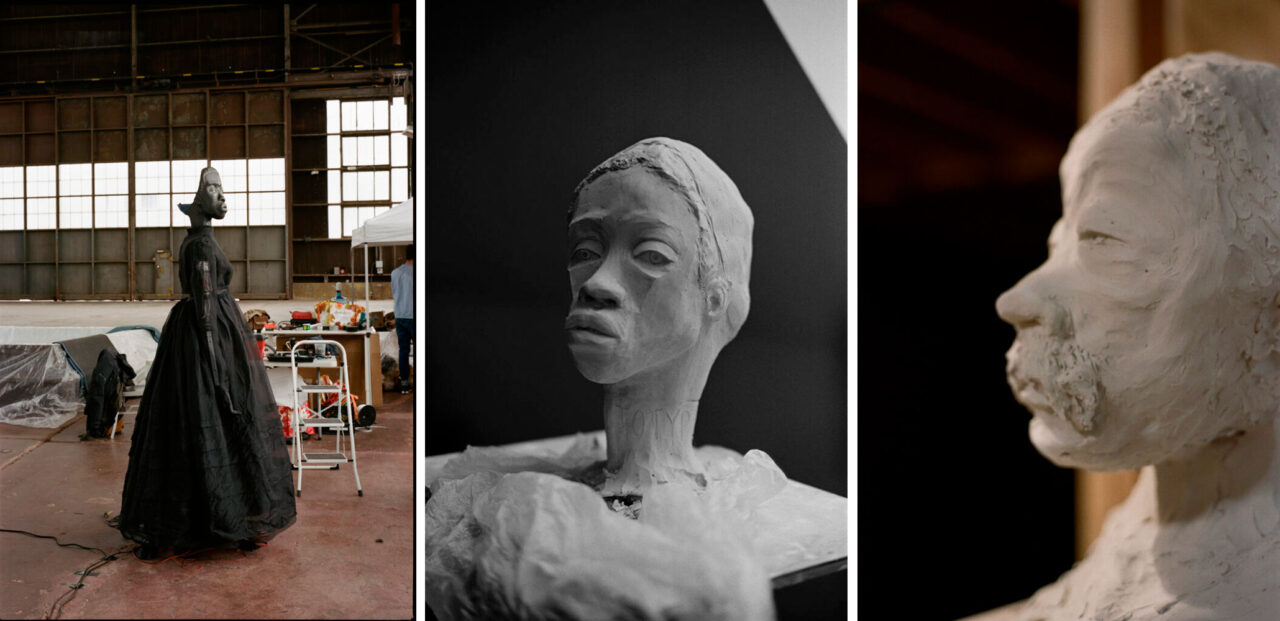PRESENTATION: Kara Walker-Fortuna and the Immortality Garden (Machine)
 Kara Walker is among the most complex and prolific American artists of her generation. She has gained national and international recognition for her cut-paper silhouettes. At first, the figures in period costume seem to hearken back to an earlier, simpler time. That is, until we notice the horrifying content: nightmarish vignettes illustrating the history of the American South. Drawing from sources ranging from slave testimonials to historical novels, Kara Walker’s work features mammies, pickaninnies, sambos and other brutal stereotypes in a host of situations that are frequently violent and sexual in nature. Initial audiences condemned her work as obscenely offensive, and the art world was divided about what to do.
Kara Walker is among the most complex and prolific American artists of her generation. She has gained national and international recognition for her cut-paper silhouettes. At first, the figures in period costume seem to hearken back to an earlier, simpler time. That is, until we notice the horrifying content: nightmarish vignettes illustrating the history of the American South. Drawing from sources ranging from slave testimonials to historical novels, Kara Walker’s work features mammies, pickaninnies, sambos and other brutal stereotypes in a host of situations that are frequently violent and sexual in nature. Initial audiences condemned her work as obscenely offensive, and the art world was divided about what to do.
By Efi Michalarou
Photo: SFMOMA Archive
Kara Walker new commission “Fortuna and the Immortality Garden (Machine)”, considers the memorialization of trauma, the objectives of technology, and the possibilities of transforming the negative energies that plague contemporary society. Here, automatons trapped in a never-ending cycle of ritual and struggle are repositories of the human soul. They recall mechanized medieval icons that evidenced divinity, vitality, and the promise of faith. Situated within an energetically charged field of black obsidian from Mt. Konocti in Lake County Walker’s Gardeners evoke wonder, reflection, respite, and hope. Just past this prophetic vignette, the installation’s namesake, Fortuna, responds to each visitor with a choreographed gesture and a printed fortune fresh from her mouth — an offering of absolution and contemplation. The installation is Walker’s first experiment with robots. The human-sized automatons, named: Fortuna, Whisperer, Levitator, Belltoller, Waterbearer, Harpy, Dover and the Kneeling Magician, are placed on three platforms and surrounded by Lake County-sourced obsidian rocks. The largest of the elevated islands sits center, surrounded by a plush border of gold velvet upholstered banquette seating. The dark forms evoke different traditions of Black dolls and puppetry as well as Edwardian mechanical arcade attractions while the presentation seems to twist tropes of museum displays. Each Doll has a custom skeleton and motor system whose capabilities accommodate a vocabulary of pose and motion that Kara developed for each Doll. As an ensemble, Kara then choreographed 19 long-form motion sequences, some lasting over 25 minutes, to comprise the action in the show. Day-to-day, the piece will autonomously cycle through the 19 motion sequences, never repeating over the course of the exhibition. As she says “For this project, I needed a mechatronics expert who specializes in long-running custom fabrications – lucky for me, Bill Washabaugh of Hypersonic Studio was available to design, fabricate, and test the Doll mechatronics. Gary Graham designed the coture garments worn by each Doll. Petra Schmidt of Kara Walker Studio produced the project. It was a pleasure to work with such a dedicated and talented team, and to get the opportunity to work with a thoughtful and kind artist at the top of her game”.
Photo: Kara Walker’s “Fortuna and the Immortality Garden (Machine)” at the San Francisco Museum of Modern Art, with an ensemble of seven automatons enacting a mix of chance and choreographed movements, © Kara Walker, Courtesy Sikkema Jenkins & Co. and Sprüth Magers; Photo: Marissa Leshnov
Info: SFMOMA (San Francisco Museum Of Modern Art), 151 Third St, San Francisco, CA, USA, Duration: 1/7/2024-Spring 2026, Days & Hours: Mon-Tue & Fri-Sun 10:00-17:00, Thu 12:00-20:00, www.sfmoma.org/




